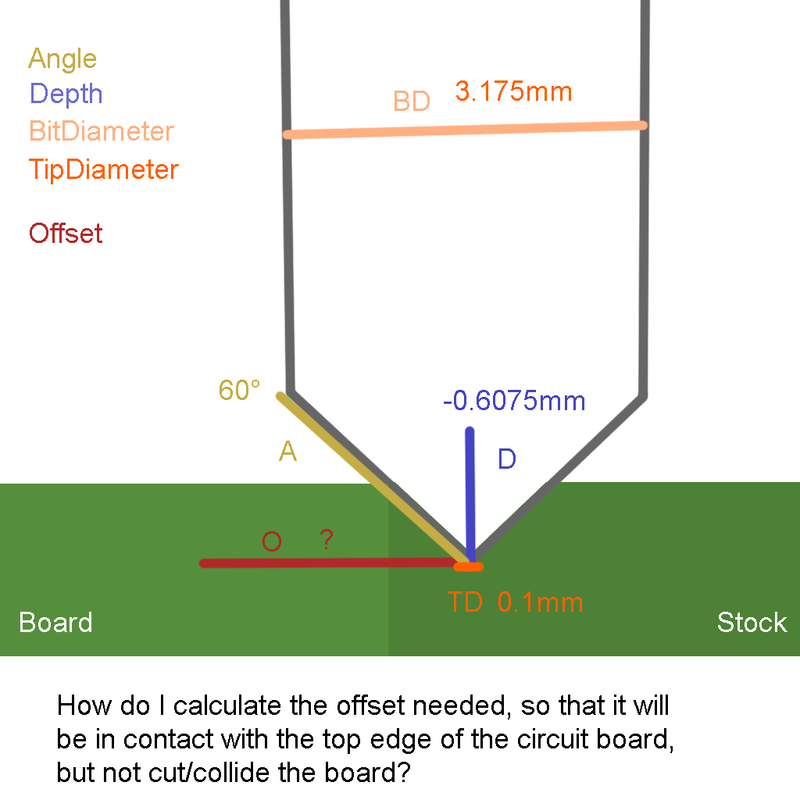
For purely virtual images, we have a calculator/converter that allows you to convert between different virtual sizes: the px to em calculator. However, when we're talking about a digital image in a computer, PPI cannot be computed since the digital image varies in size depending on the level of zoom, the size of the screen, etc. For example, a screen or a printed picture has a fixed physical size, so it makes sense to calculate how many pixels per inch there are in such an object. It is important to note that for calculating PPI we need something that has a physical size, not a virtual file. Also worth mentioning is the fact that our pixel density calculator assumes square pixels. There are other measurements of pixels density, such as pixel per square inch, that involve calculating the area of a rectangle that is the screen. This measurement is based on the fact that screens and images, despite being 2D, have generally the same density along any of the two main axes. The density is measured as the number of pixels that fit on a 1-inch line, hence the name. The technical PPI definition is pixels per inch, and it represents a measurement of the pixel density of a screen or a digital image. To help give these numbers some meaning, the human ear has a dynamic range of about 120 dB, and since Compact Disks (CDs) use 16-bit samples, they inherently have a dynamic range of 90 dB.PPI is a widely used acronym in tech forums on the Internet, especially those focused on display technology and smartphones. Therefore, for 8-bit samples, the dynamic range is 42 dB, and "Bit Dynamic Range in dBFS" indicates the dynamic range for all number of bits per sample (resolution) discussed. Bit Dynamic Range in dBFS Resolution, bits For example, for 8-bit samples the minimum level in decibels is: The difference between the maximum and minimum representable values, expressed in decibels is defined as the “dynamic range”.įor any given sample value, Level in dBFS = 20 * LOG (level / max level). The lowest level that can be represented is the minimum possible non-zero number that can be represented, and that of course in all cases is the value 1, or -1. Therefore, the number of bits per sample determines the maximum values that can be represented, and the maximum values represent the maximum volume. It is an arbitrary “reference point” that simply means the maximum possible volume that can be represented for a given number of bits per sample (resolution). These maximum values are also the values associated with the term “0 dBFS”, which means “0 dB Full Scale”. A clipped sine wave begins to look like a square wave at extremely over driven levels. If the input signal is increased beyond this, the waveform that would have been above the maximum limit is said to have been “clipped”. If a +/- 30 volt power supply is being used, and ignoring output device losses, the output voltage can never exceed +/- 30 volts.

These maximum values equate to the voltage levels of analog amplifiers at which the +/- output voltages reach the limits of the power supplies being used.

The loudest (“full volume”) audio levels are represented by the maximum value that can be represented for a given number of bits per sample. It is a term that describes the range of loud to soft audio levels that can be accommodated.

One of the characteristics of audio that is most affected by the number of bits per sample is dynamic range. The sample values are integers with maximum and minimum values that depend on the number of bits per sample, as related in "Bit Dynamic Range" Typical A/D convertors produce samples of 8, 16, or 24-bit resolution. The precision of digitally recorded values depends largely on the resolution of the conversion device, known as an Analog to Digital (A/D) Convertor.


 0 kommentar(er)
0 kommentar(er)
